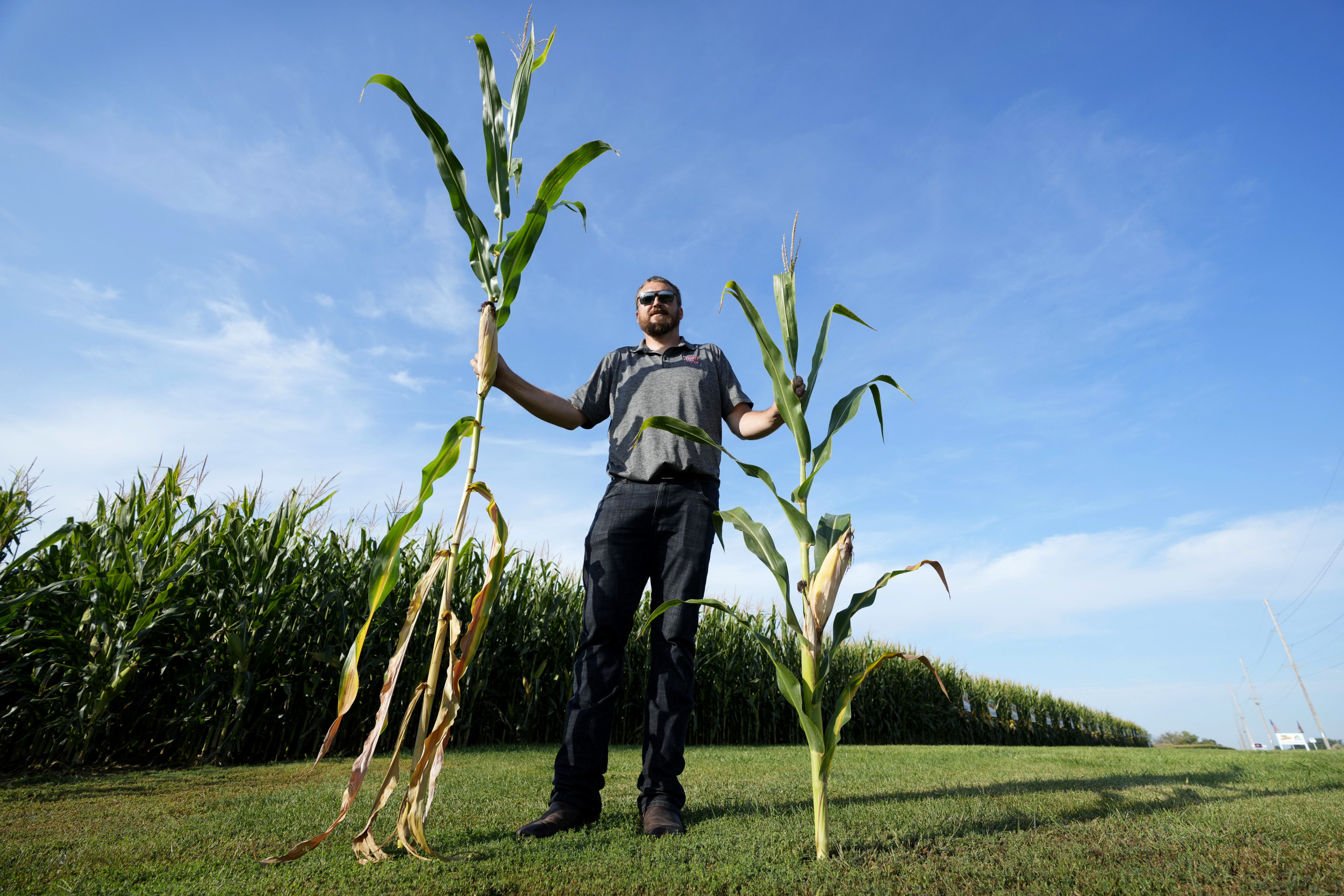🎙️ Voice is AI-generated. Inconsistencies may occur.
Residents in some parts of the United States are more likely to be diagnosed with cancer than others, according to a new analysis of Centers for Disease Control and Prevention (CDC) data.
Personal injury attorneys Phillips Law Firm analyzed the most recent available cancer figures from the CDC (from 2021), using the metric of cancer cases per 100,000 residents to enable comparison across states.
Maine Tops the List, Utah Has the Lowest Rate
Leading the nation in cancer diagnoses is Maine, which recorded 650 cancer cases per 100,000 residents in 2021—the highest in the U.S.
The most common cancer in Maine is breast cancer, followed closely by lung and bronchus cancers.
At the opposite end of the spectrum is Utah, which had the lowest cancer rate nationwide, with just 358 cases per 100,000 residents—a figure 45 percent lower than Maine's.
In contrast to national trends, prostate cancer was the most common form in Utah, with lung cancer ranking only fifth.
Regional Differences
What was striking from the results was a clear difference between the East and West U.S. in cancer diagnosis. The Northeast and Appalachian regions dominate the top of the rankings.
West Virginia (643 cases per 100,000) and Kentucky (583) follow closely behind Maine, both showing high rates of lung and bronchus cancer. While Florida (596), Connecticut (592), Kentucky (583) and New Hampshire (582) round out the list.
Western and Southwestern states tend to report much lower cancer incidence. Colorado (389 cases per 100,000), Texas (392), and Nevada (413) all rank among the ten states with the fewest diagnoses per capita. In nearly all of these lower-incidence states, breast cancer remains the most common, except in Utah where prostate cancer leads.
Dr. Robert Winn, Director and Lipman Chair in Oncology at the VCU Massey Comprehensive Cancer Center told Newsweek that the differences in cancer rates in certain areas may reflect social and economic differences across the country.
"According to the AACR Cancer Disparities Progress Report, social drivers of health have a major impact on cancer outcomes," Winn explained. "These social, economic, and physical conditions in the places where people are born and where they live, learn, work, worship, play and get older can affect their health, factors such as socioeconomic status; housing; transportation; and access to healthy food, clean air and water, and health care services."
But should people who live in an area with higher cancer diagnosis rates be worried?
"There is definitely a concern that more people are being diagnosed with cancer, especially those in rural areas. That's why doing everything we possibly can to identify and eliminate risk factors, screen early and prevent cancer from spreading is absolutely critical," Winn said.
Though he explained that while cancer diagnosis rates are concerning, they do not always mean a death sentence.
"The reality is that now, a cancer diagnosis does not have to be a death sentence. Today, a person's chance of dying from cancer is decreasing significantly. Nearly 36 percent fewer people are dying from cancer than they were in 1991," he said.
"That progress is a direct result of scientific research and clinical trials, particularly in prevention and early detection and treatment. That investment over the past three decades is paying off, because today there are more people living with cancer than dying from it."
Do you have a tip on a health story that Newsweek should be covering? Do you have a question about cancer? Let us know via [email protected].
About the writer
Alice Gibbs is a Newsweek Senior Internet Trends & Culture Reporter based in the U.K. For the last two years ... Read more



